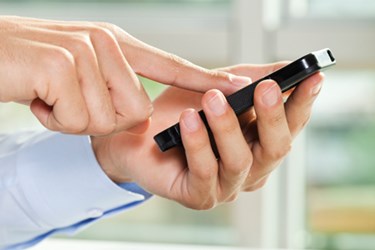46 Percent Of Healthcare Apps Are Not Health Related

By Katie Wike, contributing writer

Study finds 20,000 of the more than 40,000 “health & wellness” apps on iTunes are classified as “fashion, game & beauty”
According to an IMS Institute for Healthcare Informatics infographic on mHealth News, a total of 43,689 apps are listed as “health & wellness.” IMS published a study analyzing these healthcare apps - all available for download from iTunes - to “to look at the current state of consumer mobile apps in healthcare—the range of apps available and their functionality, the barriers that exist to their broad use, and what is needed to move apps to a more significant role in improved and cost-effective healthcare systems.”
The report found, “To date, most efforts in app development have been in the overall wellness category with diet and exercise apps accounting for the majority available. An assessment finds that healthcare apps available today have both limited and simple functionality—the majority do little more than provide information.” It also acknowledges, “An entire continuum of healthcare needs can be addressed via apps, broadly in two main focus areas for healthcare organizations across the patient journey:
- Changing consumer/patient behavior in areas that affect health, particularly exercise and diet
- Improving the implementation of prescribed treatment regimens”
The IMS infographic further notes only 23,682 of the more than 40,000 “health & wellness” apps - only 54 percent - were actually determined to be health related. Additionally, 159 of the apps rely on outside sensors to collect information meaning they need to be used in conjunction with sensors that can monitor calories, heart rate or body mass.
Forbes writes more than half of these apps have been downloaded less than 500 times and five of them account for 15 percent of total downloads. Even more astonishing, more than 90 percent of apps tested by IMS scored less than 40 on a scale of 100.
Providers have been concerned about the safety and effectiveness of apps in the past, but also see the value in prescribing these aids for chronically ill patients. According to a Fox News report, there was a 19 percent increase in new apps from 2012 to 2013. “The ultimate goal of most of these apps is to change behavior,” Scott Snyder, co-founder and chief strategy officer of Mobiquity, a mobile engagement provider, told FoxNews.com. “To do that, we have to treat each user differently to see what moves them. Mobile devices are the most transformative to be able to do that.”
Want to publish your opinion?
